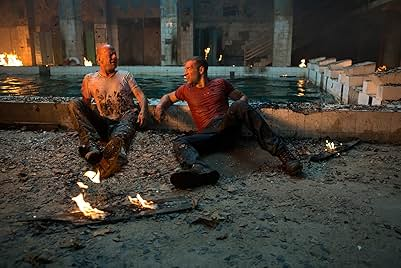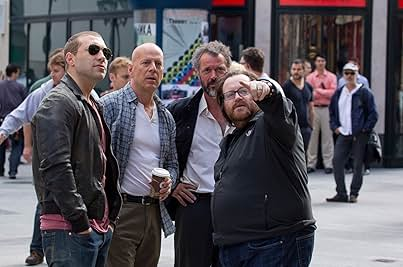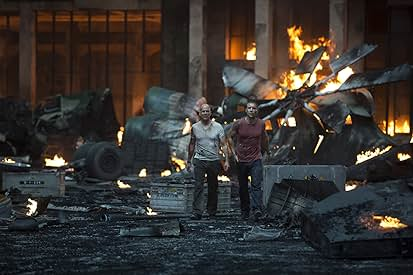John McClane had seemingly resigned himself to the fact that retirement wasn’t in his near future, but he decided to take a vacation anyway. However, bad luck would have it that news broke about his son, under a false Russian name, being imprisoned in Russia for the murder of someone involved in a shady political intrigue. John is forced to leave his daughter, whom he saved in the previous installment, in New York and learn the phrase “I need to go to the Tagansky Court.”

As a reminder, the first film titled “Die Hard” was shot in 1967 by Soviet filmmakers, and its action also took place deep behind enemy lines: the characters played by Vitaly Solomin and Nadezhda Rumyantseva burned a German ammunition depot and derailed a train. The action, of course, took place during the Great Patriotic War (World War II).
Yes, everything terrible that you might have expected and feared to think about when Moscow was chosen as the setting for the fifth “Die Hard” has come true. Director John Moore (the author of several questionable films like “Flight of the Phoenix”) apparently got the director’s chair thanks to the film “Behind Enemy Lines,” where Owen Wilson fought in the taiga with a silent Russian sniper Sasha, played by Vladimir Mashkov. This character was later used as the basis for the stubbly face of the protagonist of Grand Theft Auto V, and otherwise, the film was remembered for its timid contempt for the adversary, which American cinema has recently avoided.

Among the actors playing Russian bandits, there are no Russians at all: they are played by a Slovak, a Hungarian, a Serb, a Ukrainian, and a Mongolian. And the ex-billionaire Komarov, whom McClane’s son is trying to save, is played by German actor Sebastian Koch.
“A Good Day to Die Hard”: A Critical Take
In “Die Hard,” Moore has gone all out: even seasoned participants in opposition rallies will shed tears of laughter at the scene of the rally near the court, and the helicopter shooting of the drawn “Ukraine” hotel will leave no one indifferent. Finally, the finale of the story will unfold on the territory of the Chernobyl nuclear power plant.

During filming, Bruce Willis expressed a desire to bring John’s wife, Holly Genero, back into the series. It hasn’t happened yet. In addition, the actor has repeatedly made it clear that he is unhappy with the title of the new film, but has already mentioned negotiations for the sixth part of the franchise.
The Evolution of Die Hard
In reality, all of this was quite expected. Already in the previous installment, the franchise had relatively successfully gotten rid of the hangover-gallows humor characteristic of the first films and lost a significant portion of its charm. It is obvious that “Die Hard,” in terms of the relevance of the topic of terrorism, was somewhat ahead of its time and is now used to maintain the patriotic spirit of Americans. The producers only fail to take into account one detail: John McClane settled in the hearts of millions not because of victories over terrorists – any incarnation of Chuck Norris would have been suitable for this. We fell in love with John when he crawled through broken glass, saving his wife in Nakatomi Plaza, and wondered aloud what the hell he had gotten himself into.
Now, when McClane sternly deals with another villain, many viewers will probably ask themselves the same question.